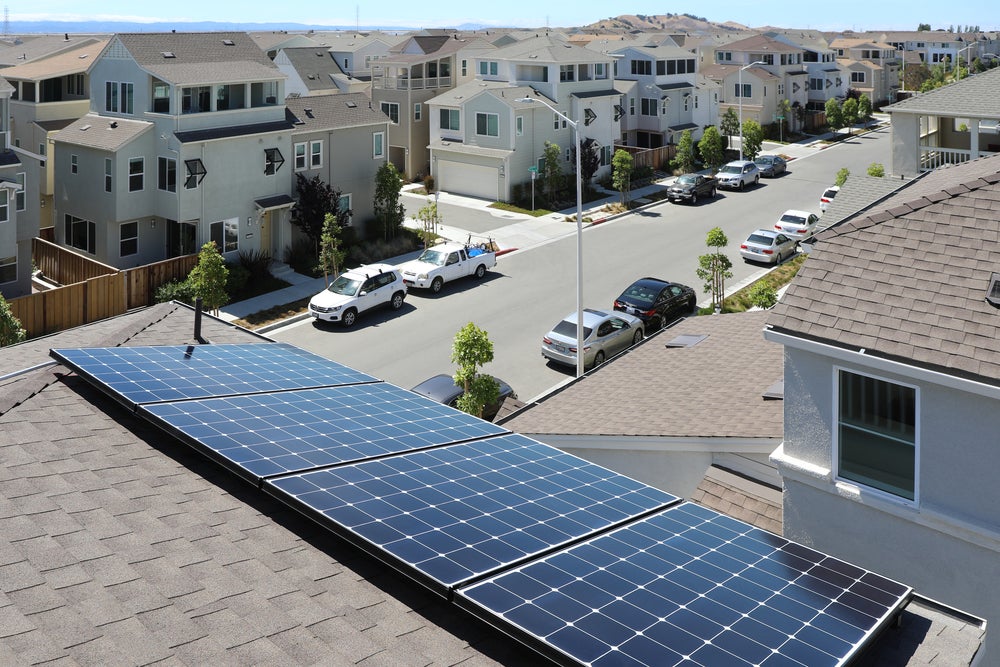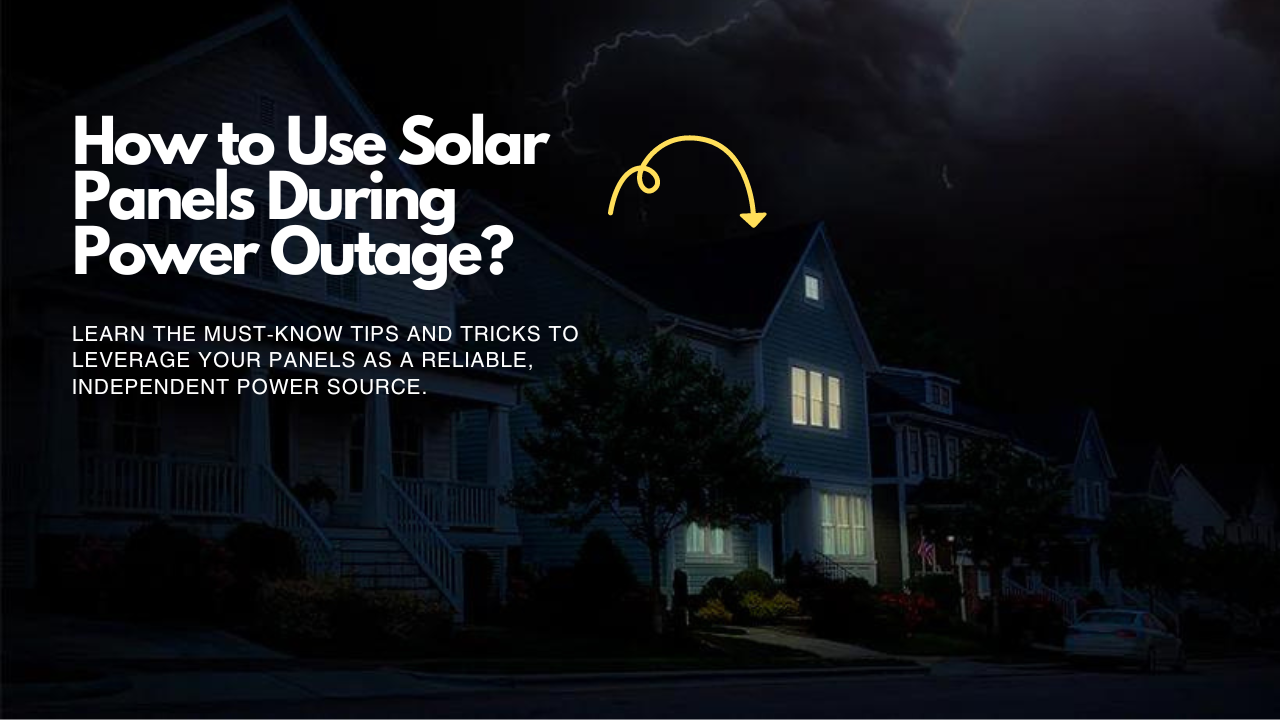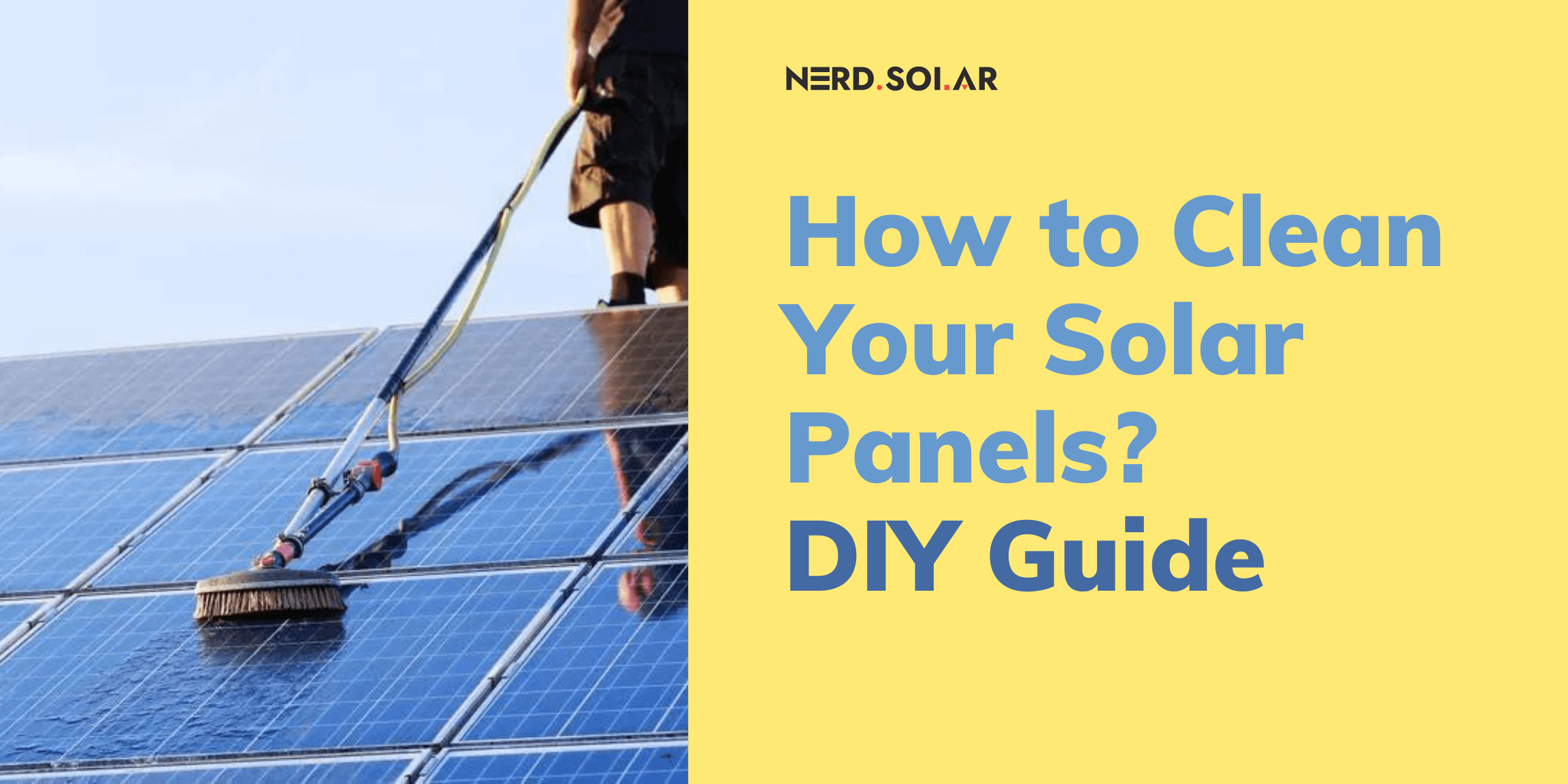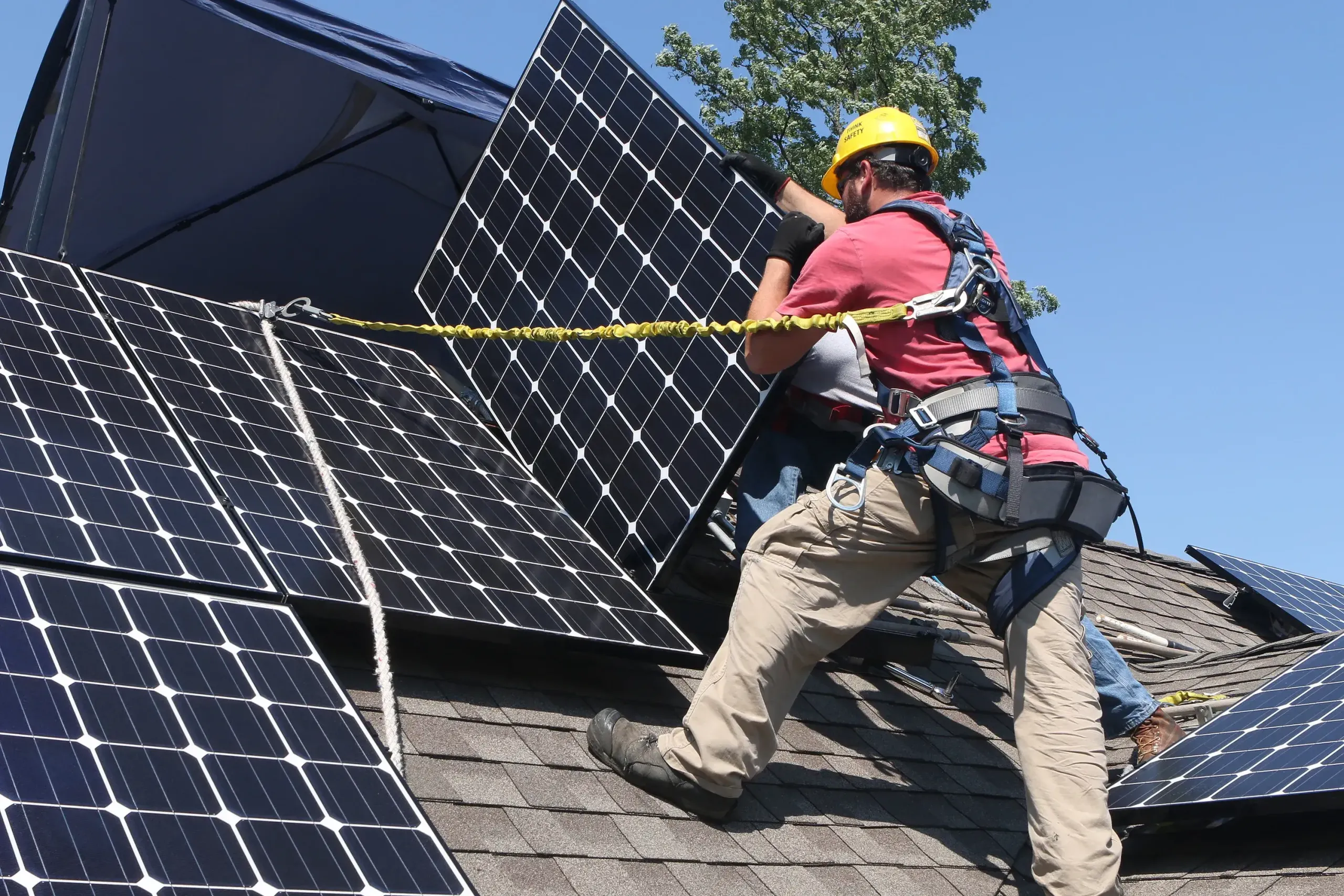How Many Solar Panels Do I Need For My Home In 2024?

- Kicking Off Your Solar Adventure: How Many Panels to Power Up Your Home?
- Why Knowing Your Energy Use is Key
- The Role of Roof Angle, Shading, and Orientation
- Your Roof’s Solar Potential: How Many Panels Fit?
- Why One Size Doesn’t Fit All
- Understanding Your Home’s Energy Diet
- How to Calculate the Number of Panels You Need
- Final Take
Thinking about switching to solar in 2024? Awesome choice!
But there’s a big question hanging in the air – “How many solar panels do I actually need?”
Don’t worry; it’s not as complicated as it sounds.
The number you need hinges on a few things like how much juice you use, where your home sits on the map, the type of panels you pick, and how sunny it is at your place.
In places where the sun practically lives, you might get away with fewer panels. But if you’re somewhere the sun plays hard to get, you might need a few more.
It’s all about getting to know your energy habits and giving your home what it needs to soak up the sun effectively.
Kicking Off Your Solar Adventure: How Many Panels to Power Up Your Home?
You’re likely noodling on a big question: “Exactly how many solar panels will I need?”
On average, a home might require around 15 to 25 panels. However, this can change based on your electricity usage, where you live, the efficiency of the solar panels you choose, and the amount of sunlight your location receives.
But, while it sounds simple, the real answer is a bit like putting together a puzzle—it depends on several pieces that all need to fit together just right to capture your home’s energy needs and solar potential.
Understanding Your Energy Usage
The first stop on this journey is figuring out how much energy your household chews through in a year. This step is like laying the groundwork for your solar project. Whip out those old utility bills or tap into an energy calculator online to sketch out your average energy use.
The aim here is to line up how much energy your solar panels can pump out with how much your household actually uses.
Sunlight: Your Solar Best Friend
Now, let’s talk about your home’s relationship with the sun. The way your roof slants, whether there are trees casting shade, and which way your house faces can all play a huge role in how much sun your panels can soak up.
Got a roof that gets clear sunlight and faces south? You might hit the jackpot with maximum solar power, meaning you could get by with fewer panels.
But if shadows are cramping your style, you might need a few extra panels to catch enough sunlight.
The Big Roof Debate
Finally, let’s scope out your roof’s size and shape—this is where the rubber meets the road. Big roofs have the luxury of fitting more solar panels, while smaller or oddly shaped roofs might limit how many panels you can install.
But it’s not just a numbers game; smart placement and choosing high-efficiency panels can also mean you get the power you need without covering every inch of your roof.
Piecing together these elements will arm you with the know-how to make a savvy decision on your solar quest. Sure, it might seem a bit overwhelming at first glance, but dialing in the perfect solar setup for your home can actually be a pretty thrilling ride.
Why Knowing Your Energy Use is Key
Ready to hop on the solar train? Brilliant move! But before you do, there’s a golden nugget of wisdom you’ll need to grasp—figuring out your home’s energy consumption. It’s not just a box to tick; it’s the compass that’ll guide your solar panel system to meet your energy thirst effectively. Let’s slice and dice this concept:
Imagine solar panels as your home’s fuel. How much fuel you need boils down to how much energy you guzzle. It’s kind of like:
- Picture a master chef who loves a spacious kitchen versus someone who’s all about takeout. The chef’s kitchen needs to be bigger, stocked with all sorts of gadgets.
- Similarly, a tech-savvy household with every gadget on the planet or a family spending most of their day at home will need more “energy fuel” than a minimalist or someone who’s barely home.
Why nail down your exact energy appetite, though? Here’s the lowdown:
- Cost Smart: Overshooting your system size is like buying a bus when you needed a sedan—you’re just splurging on extra seats you won’t use. Meanwhile, undershooting means you miss out on full solar perks, like big slashes on your energy bills.
- Max Out Savings: By hitting the bullseye on your energy needs, we tailor a solar setup that’s all about the Benjamin’s—saving you cash, making sure every solar panel is earning its keep.
- Custom-fit System: No two homes are cookie cutters. Yours has its own vibe, from roof size to how much it basks in the sun, and even your local weather patterns. Dialing in your energy use lets us craft a solar system that’s a perfect fit, making sure every panel is living its best life.
- Solar Rebates & Incentives: A lot of those juicy solar incentives and rebates look at how big your setup is or the energy it churns out. Knowing your energy scene ensures you pocket every possible benefit.
Starting your energy audit is as simple as diving into your electricity bills from the last year. Keep an eye out for those seasonal spikes and dips—they tell the story of your energy journey. This detective work gives us the map to your annual energy usage.
And here’s a pro tip: Think about tomorrow, not just today.
Eyeing an electric car? Maybe adding a room or two? All that feeds into how many solar panels will be your sweet spot.
Curious about the number of solar panels that’ll make your roof a powerhouse? No sweat! There’s no need for the math to give you a headache—we’re here to guide you every step of the way, answering all your queries without breaking a sweat.
Just reach out for a personalized solar quote, and let’s kickstart your solar saga.
The Role of Roof Angle, Shading, and Orientation
So, you’re all in on solar power, and we love to see it! But to truly get the most bang for your buck, a few solar secrets can boost your system’s efficiency to the max. Let’s dive into the how-tos of optimizing your setup with the right roof angle, dodging pesky shading, and smartly orienting those panels towards the glorious sun.
1. The Magic of Roof Angle
Ever notice how the angle of a baseball cap can shield your eyes just right from the sun? Your roof’s angle works similarly for solar panels. The tilt of your roof plays a massive role in catching those sunny rays. Ideally, you want your roof angle to mimic your location’s latitude, giving your panels the perfect suntan all year round. But, hey, every home’s different, so this “ideal” angle might need tweaking to fit your exact spot on the globe.
2. Battling the Shade
Shade might be your best friend on a hot day, but it’s the arch-nemesis of solar panels. That lovely old oak or your chimney can throw shade, quite literally, reducing your panels’ sunbathing time. Even a bit of shadow can significantly dip your energy production. That’s why doing a little sun detective work (aka shading analysis) before setting up can make sure your panels are living their best sun-soaked life.
3. Orienting for Optimal Sun Feasting
Think of your solar panels as sun worshippers. Where they face can make or break their solar feast. In the U.S., pointing them south is like giving them an all-you-can-eat sunshine buffet, maximizing energy creation. But don’t sleep on west-facing setups, especially if you’re looking to capture that sweet late-afternoon sunlight.
Getting these three elements just right means you’re not just throwing panels up willy-nilly; you’re crafting a solar masterpiece tailored to your home’s unique vibe.
Your Roof’s Solar Potential: How Many Panels Fit?
Understanding the spatial dynamics of your rooftop is crucial in unlocking the full potential of your solar array, affecting everything from power generation to physical installation.
Roof Size and Shape
Your roof’s dimensions lay the groundwork for how many panels you can install. More space equals more panels, similar to how a spacious canvas gives an artist ample room to express their vision.
Dodging Obstacles and Shadows
Things like vent pipes, chimneys, and even your favorite oak tree can throw a wrench in the works, limiting where panels can be placed. Clear, unobstructed access to sunlight is key, as even the smallest shadow can impact your system’s efficiency.
The Ideal Roof Orientation and Tilt
Just like aligning a satellite dish for the best signal, the direction and angle of your roof affect solar panel performance. A south-facing tilt is typically best in the Northern Hemisphere for maximum sunlight absorption.
Local Building Codes
Rules and regulations might dictate how close to the roof edge your panels can sit, much like how a frame defines a painting’s boundaries. These codes ensure your setup is safe and accessible.
Weighing Down Your Roof
Solar panels add extra weight to your structure. Assessing your roof’s ability to bear this new load is crucial, akin to evaluating a bridge’s capacity before increasing traffic.
Tailoring to Your Energy Appetite
The size of your solar array should match your household’s energy consumption. It’s about creating a system that satisfies your power needs without excess or shortfall.
Planning for Tomorrow
Leave space for future growth. As solar tech advances and your energy demands evolve, having the option to expand can keep you at the forefront of solar efficiency.
Why One Size Doesn’t Fit All
From the number of sunny days to the specific quirks of your location, several factors play into how effectively your solar power system will perform.
Sunlight Hours: Your Solar Power’s Best Friend
- Sunlight Intensity: Just like people flock to sunny destinations for more beach time, areas basking in abundant sunlight get to produce more electricity from the same number of panels. It’s all about soaking up those rays.
- Peak Sun Hours: This handy metric is like the pulse rate of your solar potential – it measures the average energy your panels can conjure up and is crucial for planning your setup.
Weather Patterns: The Plot Twists
- Sunny Days vs. Cloudy Skies: Constant overcast can be a bummer for your panels, possibly calling for a beefier system to hit your energy targets.
- The Temperature Tango: Here’s a curveball – scorching heat might dial down your panels’ efficiency, while cooler, sunny weather could ramp it up. Who would’ve thought, right?
- Battling the Elements: From hailstorms to blizzards and gusty winds, Mother Nature tests your panels’ mettle, sometimes demanding tougher mounting solutions or extra upkeep.
Geographical Location: Setting Your Solar Scene
- Latitude Lines: Closer to the equator means more direct sunbeams hitting your panels throughout the year. Geography 101 for solar enthusiasts.
- The Best Angle and Direction: Aim those panels south if you’re in the Northern Hemisphere for peak performance, adjusting the tilt to match your latitude for the ultimate sun-catching setup.
- Shady Business: Shadows from trees, buildings, or even your own chimney can play spoiler, cutting down what your panels can harvest.
Understanding Your Home’s Energy Diet
- Your Energy Bills: Dive into those monthly statements. They’re not just bills; they’re clues that reveal how your home consumes electricity.
- How Many Panels?: Knowing your home’s wattage needs does more than just satisfy curiosity—it tells you how many solar panels you’ll need to declare energy independence.
- Calculating Costs and Savings: Grasping your wattage use isn’t just about gearing up with gadgets; it’s about making smart financial moves. This insight lets you crunch numbers on your investment’s return, folding in the costs, potential savings, and those sweet, sweet incentives.
- Custom-Fit Solar Systems: Just as a beach house in California differs from a cabin in the Rockies, your solar setup should reflect your home’s unique traits. Pinpointing your energy usage allows for a system design that’s in harmony with your home’s layout and the local weather patterns.
- Solar Incentives: The size of your solar system can unlock rebates and incentives, so getting your energy use right ensures you’re grabbing every dollar you can.
How to Calculate the Number of Panels You Need
Determining the optimal number of solar panels involves considering your energy usage, the available sun hours in your area, the wattage of the panels, and the surface area of your roof.
Here’s a step-by-step guide:
1. Gather Your Energy Usage Data:
– Collect your electricity bills from the past year to determine your total annual energy consumption in kilowatt-hours (kWh).
– Look for your monthly usage or take a monthly average if your energy consumption varies seasonally.
2. Calculate Your Daily Energy Needs:
– Take your total annual usage and divide by 365 days to find out your average daily kWh consumption.
3. Assess the Sun Hours In Your Area:
– Use a solar insolation map to find the average daily peak sun hours for your specific location. These figures can vary significantly across the USA.
4. Estimate Solar Panel Output:
– Solar panel efficiency is a big deal. Modern panels average around 250 to 400 watts of power output, but let’s talk specifics:
– Look for the ‘wattage’ specification of the panels you’re considering to understand their potential energy output.
5. Calculate the Number of Panels Needed:
– Start by dividing your daily kWh needs by the peak sun hours to get the kW you require.
– Convert this number to watts (since solar panel output is usually in watts) by multiplying by 1,000.
– Finally, divide this number by the wattage of the solar panel you’re considering to get the total number of panels required.
For example, let’s go through the steps using sample data:
- Annual electricity usage from bills: 10,950 kWh.
- Average daily usage: 10,950 kWh ÷ 365 = 30 kWh/day.
- Average peak sun hours in your region: 5 hours.
- kW required: 30 kWh ÷ 5 hours = 6 kW.
- Convert to watts: 6 kW × 1,000 = 6,000 watts.
- Solar panel choice: 300 watts.
Number of panels needed: 6,000 watts ÷ 300 watts/panel ≈ 20 solar panels.
Keep in mind:
Your roof size and tilt, potential shading, panel efficiency, and local regulations can all affect your final calculation.
Energy needs can fluctuate with lifestyle changes, so consider future energy needs.
Final Take
Let’s wrap up by reviewing key factors that will determine how many solar panels you will need:
- Your household’s energy usage is the primary determinant. Sifting through your electricity bills to calculate average consumption can set a baseline for what you need.
- Advances in technology mean that the efficiency of solar panels continues to improve. The higher the efficiency, the fewer panels you’ll require to cover your energy needs.
- We must assess the available space on your roof, its orientation, and the angle of installation to optimize sunlight absorption.
- Where you live impacts solar energy potential. States with more sunshine, like Arizona or California, might need fewer panels compared to less sunny locations.
- States with net metering allow homeowners to receive credits for excess energy their panels produce, which can influence the number of panels you install.
Understanding incentives and rebates specific to your state is also crucial. These financial benefits can greatly reduce the upfront costs and may even impact the number of panels you choose to install.
Nate is a solar expert with years of hands-on experience. He knows solar tech and sustainable energy inside out. His advice has helped many homeowners and businesses go green. Nate is passionate about eco-friendly living. That's why he's a big voice in the solar community.
Subscribe to newsletter
Stay on top of the latest guides and tips on solar.



